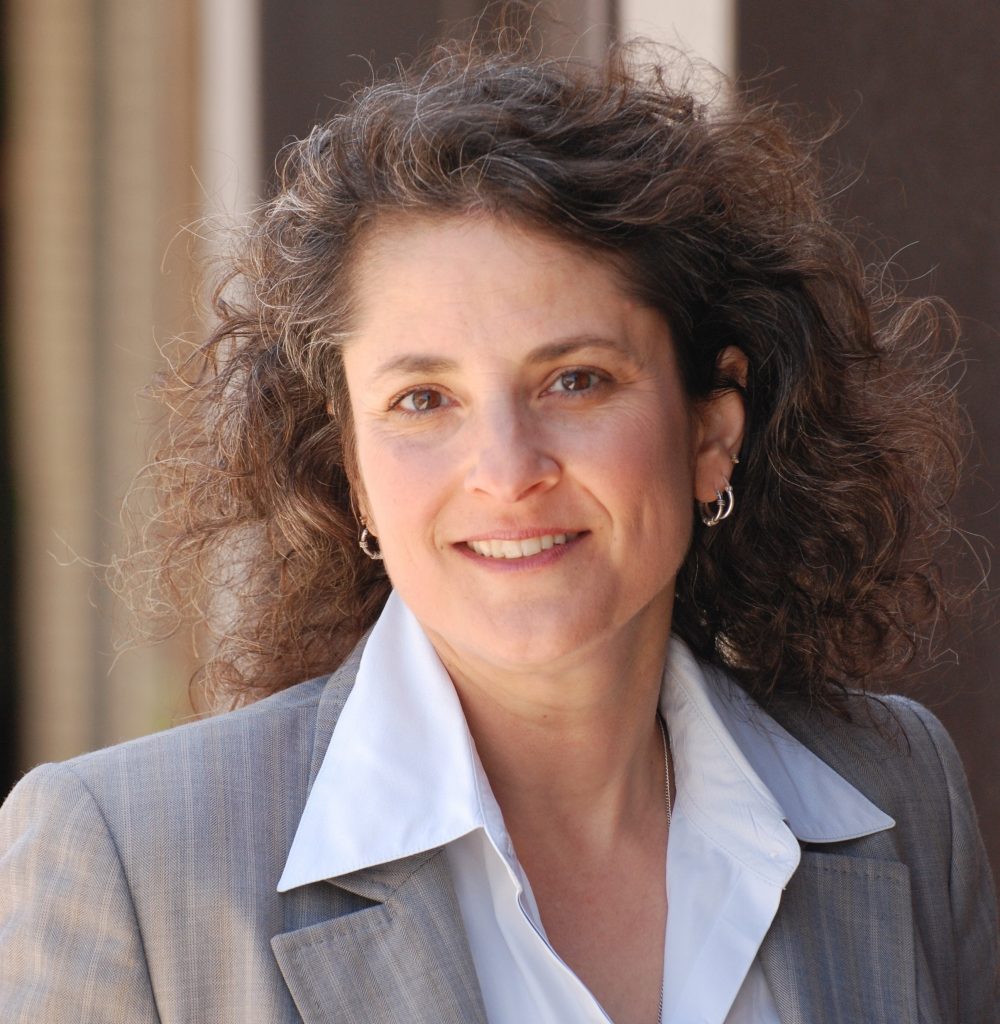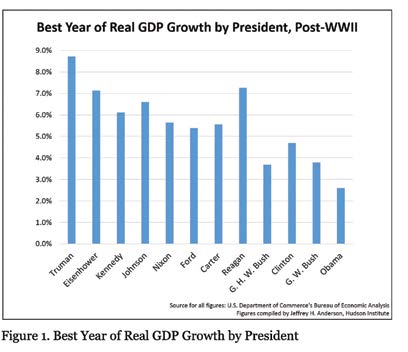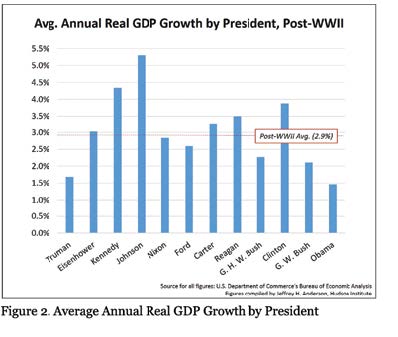
By Louise “Lou” Fischer–
Donald Trump, our pathological and serial Liar-in-Chief, is the biggest fibber ever to serve as president. According to The Washington Post’s “Fact Checker” that has documented over 20,000 lies or misleading claims since Trump assumed office, he wins by a landslide. His lies about the global pandemic are so reckless and dangerous that even Facebook and Twitter, hardly the paragons of ethics and morality, have recently penalized Trump for posting misinformation about the coronavirus pandemic. This level of dishonesty on a topic that is literally a matter of life and death is unforgivable.
That said, I’m no Dr. Fauci, so even though Trump is lying like a rug every time he says, “The pandemic will go away,” or, “We have it under control,” I shrug it off because my knowledge in the field is limited to what I picked up from my father, who has been practicing medicine since 1955 and is still curing cancer via Zoom while in lockdown in Connecticut.
However, when president Ignorant Windbag goes on TV and brags that before the pandemic he created “the greatest economy in the history of the country,” it channels my inner Elvis and I want to shoot the TV. I don’t own a firearm, so the TV is safe, but over the past 1,301 days I’ve probably done permanent damage to my vocal cords by screaming, “You’re an idiot! You don’t even understand basic freshman economics!” every time I hear Trump’s boastful and inaccurate comments about the economy.
It defies logic how in holy hell Trump graduated from Wharton, the highly selective business school at the University of Pennsylvania, without retaining even a basic knowledge of macroeconomics. When I was in high school, Wharton was the “impossible dream,” the “stretch goal.” No one in my class of 500+ grade-grubbing, overachieving, middle-class suburban Connecticut bookworms even came close to getting in. Sure, some were accepted into UPenn’s general program, but a Wharton acceptance? Nah, that wasn’t happening. If Trump paid someone to take his SAT test, as noted by his niece Mary Trump, then he probably paid someone to take his economics tests and write his papers because his remarkable ineptitude for even the most basic concepts of macroeconomic theory belies his attendance at such a revered institution.


I majored in economics in college and in between fraternity parties and beer runs, I actually took the tests and wrote the papers (even a thesis!). I studied more economics in graduate school, wrote another thesis (but no parties or fun times because I was working full-time). Quick lesson: Macroeconomics is the study of the behavior of the economy as a whole, the total output of goods and services and the growth of that output, the rates of inflation and unemployment, and monetary and fiscal policies.
From an historical perspective, “classical economics” (late 19th century) espoused a free market with little government intervention. Then the 1929 Great Depression wiped out millions, so economist John Maynard Keynes convinced President FDR that the government must intervene when the market fails, and boom-chicka-boom, we got Social Security so Grandma didn’t go hungry; and big government projects like the Hoover Dam, LaGuardia Airport, and the Tennessee Valley Association that brought electricity and economic development to the Deep South (too bad they didn’t think to bring racial equality while they were down there).
The Keynesian paradigm prevailed from the 1930s to the 1970s, and to no one’s surprise (well, no surprise to econ nerds), this period represented the best economy. Jobs were stable, unions were strong, growth (GDP) was high, unemployment was low, taxes were high for the super-rich, and the country had a vibrant middle class and could finance all kinds of public investment.
Unfortunately, the crises of the 1970s—gas shortage of 1973, rampant inflation, and wage stagnation—led to the failure of Keynesianism. Conservative wingnuts latched on to economist Milton Friedman’s theory of less government, lower taxes, and fewer regulations, and determined that they were “free at last.” They no longer had to worry about the problems of income equality because, as long as they had their tax breaks, they didn’t really care about anyone, especially minorities and the working poor. Granted, our buddies Bill Clinton (balanced budgets with record-high surpluses and record-low poverty rates) and Barack Obama (economic stimulus to end the Recession, extension of unemployment benefits and funding of public works projects) enacted some progressive economic policies, but they could not undo the Friedman paradigm.
Getting back to the economics lecture that Trump definitely skipped in college, the unemployment rate and the stock market are not valid measures of the economy; every time he conflates “the best economy in the world” with those two metrics, I seriously want to throw the TV out the window (but it’s too heavy and the window is too small). These indicators, while components of the economy, are not valid measures of economic growth, and besides, he doesn’t deserve the credit for these improvements.
Unemployment was trending downward from the peak of 10% in October 2009 and had already dropped to 4.7%, thanks to Obama’s policies. As for the stock market, Trump clings to it as his approval meter, but the stock market is not “the economy” but rather a market where stocks (a type of investment in a company) are traded. This message appeals to his fat-cat zillionaire base because, according to the National Bureau of Economic Research, the wealthiest 10% of the population own 84% of all stocks and the rest of us (90%) only own 16%.
The correct answer is that the economy is measured by gross domestic product (GDP), which is the total value of everything produced within a country’s borders. When economists talk about the “size” of the economy, they are referring to GDP. On that metric, Trump’s pre-pandemic record is mediocre and the recent announcement of last quarter’s 32.9% annualized drop in GDP is the worst ever in the history of the country. In fact, it is four times worse than the 8.4% drop at the height of the financial crisis in 2008.
In comparison to previous presidents, how did Trump really do for the first 3 years of his term? Unlike Trump, numbers cannot lie. He never once had the “best economy.” He inherited much of the growth from Obama, and overall, his economic record is pretty middling at best. His average GDP is 2.5% (not including the unprecedented pandemic figure of last quarter’s 32.9%).
According to The Washington Post’s calculations, “[T]he economy under Trump did not do as well as it did under Presidents Dwight D. Eisenhower, Lyndon B. Johnson or Bill Clinton. The gross domestic product grew at an annual rate of 2.3 percent in 2019, slipping from 2.9 percent in 2018 and 2.4 percent in 2017. But in 1997, 1998, and 1999, GDP grew 4.5 percent, 4.5 percent, and 4.7 percent, respectively. Yet even that period paled in comparison against the 1950s and 1960s. Growth between 1962 and 1966 ranged from 4.4 percent to 6.6 percent. In postwar 1950 and 1951, it was 8.7 percent and 8 percent, respectively.”
Since pictures are worth a thousand words, please refer to Figures 1 and 2. Figure 1 shows a president’s best year, which is why these numbers are higher. Trump’s best year was 2.9%, but the presidents between Truman and Reagan had some whopper years with GDP as high as 6%–8% in some cases.
The more realistic picture is Figure 2, which shows the average growth across each president’s full period in office from 1946 (Truman) to 2016 (Obama). Overall, the average across all presidents’ GDP growth is shown in Figure 2 as 2.9%, which is higher than Trump’s pre-pandemic average of 2.5%. Yikes! Not only does he not have the “best economy ever,” but he also is below the mean of everyone from Truman to Obama!
So, the next time you hear the president blather on about how he created the “strongest economy in the history of our nation,” don’t shoot the TV, but know that he is basically a lying sack of you-know-what and he can’t fool you anymore because you just passed the San Francisco Bay Times course on “Exposing Trump’s Lies Using Basic Economic Theory.”
Louise (Lou) Fischer is a former co-chair of the Board of Directors for the Alice B. Toklas LGBT Democratic Club and has served as an appointed and elected delegate for the State Democratic Party. She is a proud graduate of the Emerge California Women’s Democratic Leadership program, was a San Francisco commissioner, and has served in leadership positions in multiple nonprofit and community-based organizations.
Published on August 13, 2020
Recent Comments